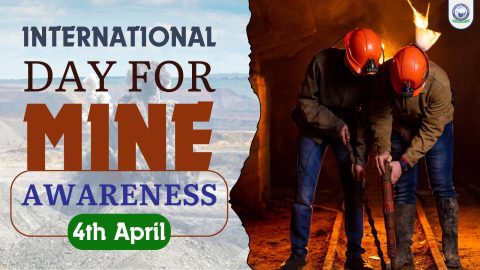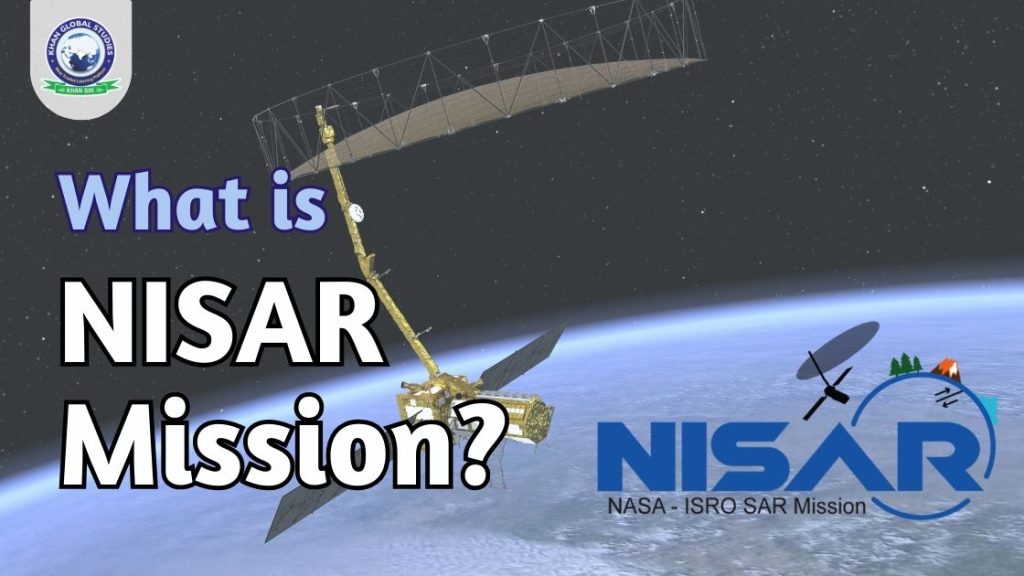Imagine peering through Earth’s surface, observing subtle shifts in glaciers, uncovering hidden groundwater reserves, and monitoring deforestation in real time. This isn’t science fiction; it’s the ambitious goal of the NASA-ISRO SAR (Synthetic Aperture Radar) Mission (NISAR), scheduled for launch in 2024.
What is NISAR?
NISAR is a collaborative space mission between the National Aeronautics and Space Administration (NASA) and the Indian Space Research Organisation (ISRO). This joint venture signifies a groundbreaking effort to leverage advanced radar technology for comprehensive Earth observation. The NISAR mission is a Low Earth Orbit (LEO) observatory being jointly developed by NASA and ISRO.
How does it work?
Unlike optical satellites that rely on sunlight, NISAR employs a sophisticated radar system that can “see” through clouds, darkness, and even dense vegetation. This allows for continuous observation regardless of weather conditions, offering a unique perspective on Earth’s dynamic processes.
What are the objectives of the NISAR Mission?
NISAR boasts several key objectives:
- Monitoring Earth’s changing ecosystems: Tracking deforestation, analyzing forest biomass, and understanding the impact of climate change on vegetation.
- Mapping ice sheets and glaciers: Measuring ice flow, detecting changes in ice thickness, and predicting potential sea-level rise.
- Studying Earth’s surface deformation: Monitoring earthquakes, volcanoes, and landslides to improve disaster preparedness and response.
- Mapping global water resources: Identifying freshwater reserves, tracking groundwater depletion, and managing water resources effectively.
- Supporting sustainable development: Providing crucial data for informed decision-making in agriculture, infrastructure planning, and environmental protection.
Who is the operator and creator of the NISAR mission?
The creator of the NISAR mission is ISRO and the operator is NASA. The duration of this mission is 3 years. It will be launched from the Satish Dhawan Space Center on behalf of the Indian Space Research Organization. Synthetic Aperture Radar (SAR) is a technique for producing high-resolution images from a resolution-limited radar system.
What is L-band SAR in the NISAR mission?
Along with knowing the NISAR mission in Hindi, it is also important to understand that the satellite has two radars and they are L-band SAR and S-band SAR. The L-band SAR will be manufactured by NASA and the S-band SAR will be manufactured by ISRO.
Benefits and Significance
NISAR’s data promises to revolutionize our understanding of Earth’s complex systems. It will not only empower scientists but also benefit policymakers, resource managers, and ultimately, communities across the globe. By providing valuable insights into Earth’s changing dynamics, NISAR paves the way for a more sustainable future for all.
Stay tuned!
The launch of NISAR is eagerly awaited, marking a significant leap in Earth observation capabilities. As this mission unfolds, we can expect groundbreaking discoveries and a deeper understanding of our planet, offering solutions to tackle some of the most pressing challenges of our time.
Important Points:
- NISAR is a joint mission between NASA and ISRO, showcasing international collaboration in space exploration.
- It leverages cutting-edge radar technology for all-weather, day-and-night Earth observation.
- Its objectives range from monitoring ecosystems and glaciers to managing water resources and mitigating natural disasters.
- NISAR’s data has the potential to contribute to sustainable development efforts worldwide significantly.
FAQs
Question: What is the Full form of the NISAR Mission?
Answer: NISAR Mission: NASA-ISRO SAR (Synthetic Aperture Radar) Mission.
Question: What is the Full form of NASA?
Answer: NASA: National Aeronautics and Space Administration.
Question: What is the Full form of ISRO?
Answer: ISRO: Indian Space Research Organisation.
Question: When was the Nisar satellite launched?
Answer: The satellite will be launched from India on 30 March 2024 via GSLV Mark II.



